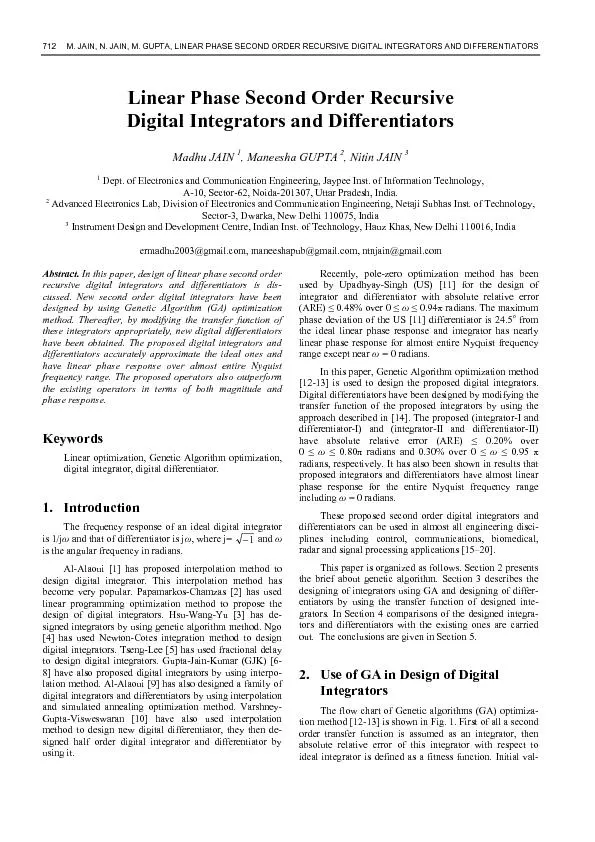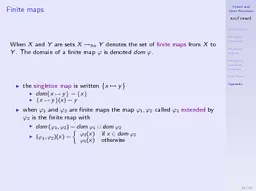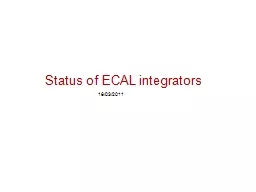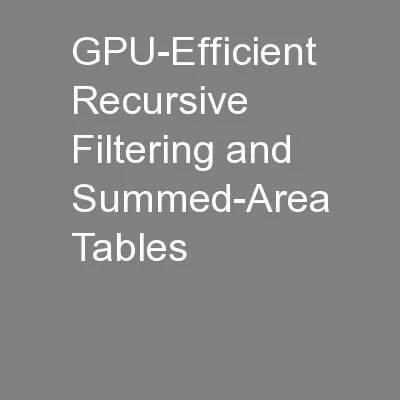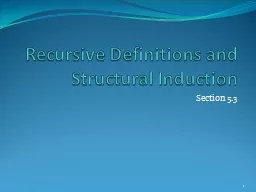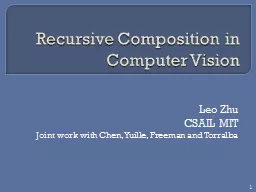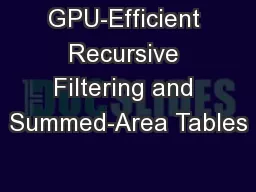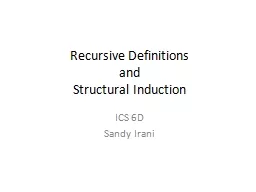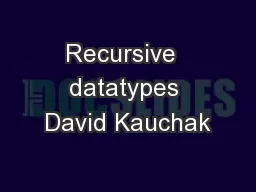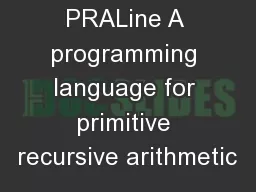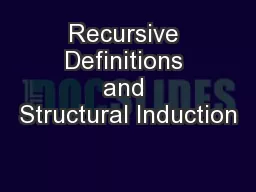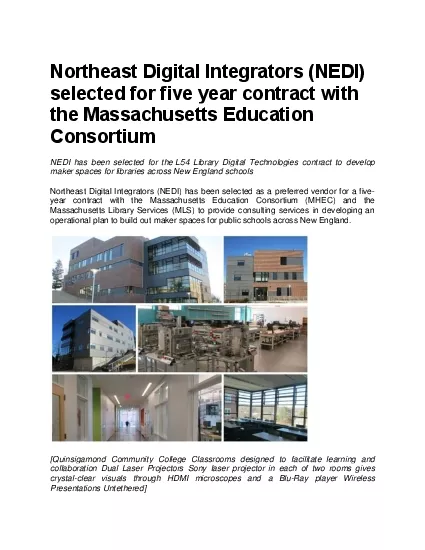PDF-Linear phase second order recursive digital integrators and differentiators
Author : phoebe-click | Published Date : 2017-04-10
Dept of Electronics and Communication Engineering Jaypee Inst of Information Technology A10 Sector62 Noida201307 Uttar Pradesh India Advanced Electronics Lab Division
Presentation Embed Code
Download Presentation
Download Presentation The PPT/PDF document "Linear phase second order recursive digi..." is the property of its rightful owner. Permission is granted to download and print the materials on this website for personal, non-commercial use only, and to display it on your personal computer provided you do not modify the materials and that you retain all copyright notices contained in the materials. By downloading content from our website, you accept the terms of this agreement.
Linear phase second order recursive digital integrators and differentiators: Transcript
Download Rules Of Document
"Linear phase second order recursive digital integrators and differentiators"The content belongs to its owner. You may download and print it for personal use, without modification, and keep all copyright notices. By downloading, you agree to these terms.
Related Documents

